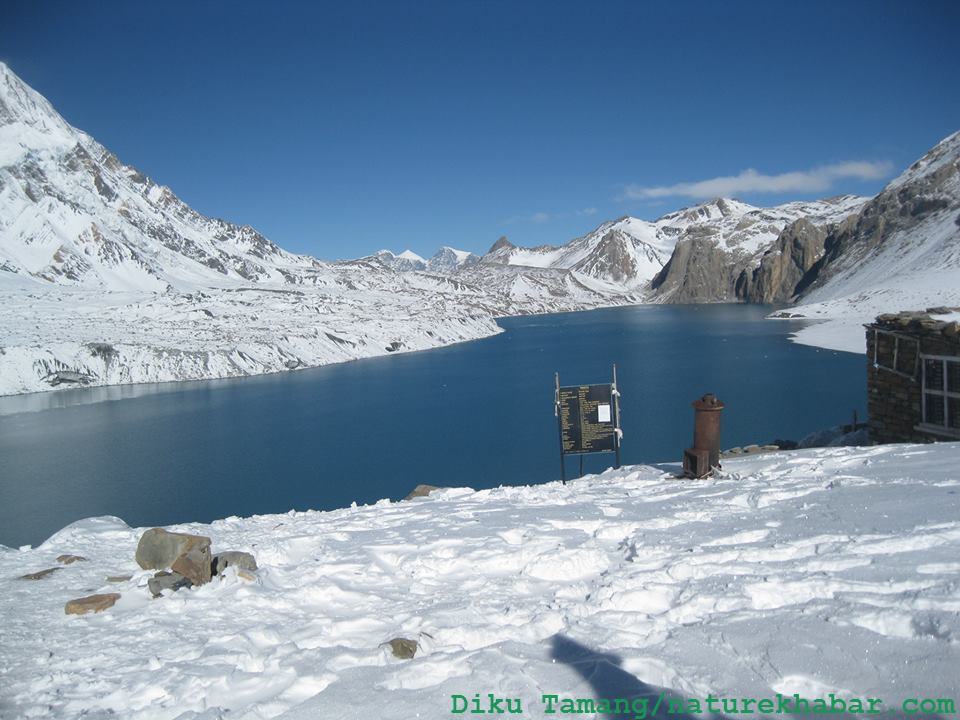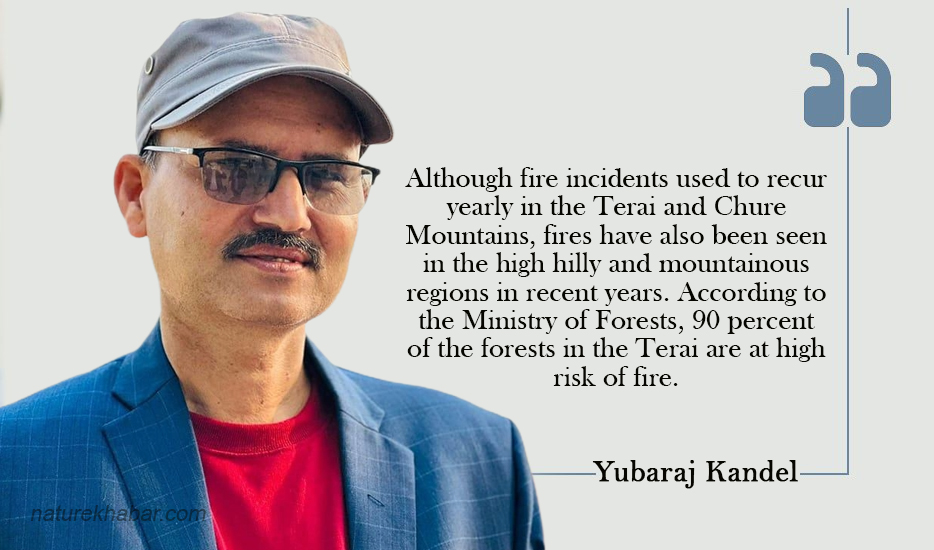Climate change posing grave threat to Himalaya region

 People still doubt about climate change. Is it real? Is it happening? Well, it is real and is happening. We can experience it all around us.Our mother earth is in agony; she is not able to keep us with what us human call ‘Modernization’ and ‘Urbanization’. Nepal is also vulnerable to climate change but no one seems to care, our country being small and undeveloped. Especially the Himalayan region of Nepal is adversely affected by the climate change and the global warming. The Himalayan region of Nepal is home to a diverse group of plants and animals and very renowned hotspot hosting so many species. There are so many ethnic groups living in close proximity and connection to the mountains. As the climate condition changes, so do the constituent of the biodiversity and livelihood of the people.The changes in Himalayan-Hindu Kush region alone affect more than 1.3 billion people.
People still doubt about climate change. Is it real? Is it happening? Well, it is real and is happening. We can experience it all around us.Our mother earth is in agony; she is not able to keep us with what us human call ‘Modernization’ and ‘Urbanization’. Nepal is also vulnerable to climate change but no one seems to care, our country being small and undeveloped. Especially the Himalayan region of Nepal is adversely affected by the climate change and the global warming. The Himalayan region of Nepal is home to a diverse group of plants and animals and very renowned hotspot hosting so many species. There are so many ethnic groups living in close proximity and connection to the mountains. As the climate condition changes, so do the constituent of the biodiversity and livelihood of the people.The changes in Himalayan-Hindu Kush region alone affect more than 1.3 billion people.
The Himalayan area is the origin point of 9 big river systems, all of which get affected due to global warming and climate change. Apart from posing flood problems to millions of people along the banks, the altered hydrological cycle also causes landslide in many places. Climate change has its effect through fiercer storms and glacier lake outburst flood risk. Because of the changes in hydrological cycles, the storms and the downpours are getting very intense.
There is a flood in some places and drought in other, making it very difficult to sustain agriculture. The collapse of agriculture in Himalayan region can prove to be very dangerous to mountain communities as they are not linked to other areas with the good transport system. This isolation of the mountain communities due to topographical difficulties make it more difficult for the people to get immediate relief in case of disasters. All the risk in the mountain region hampers the tourism sector as well. Many NGO’s and INGO’s are working with the motto of reducing the climate refugees.
The climate refugees are the subset of environmental migrants forced to move due to sudden or gradual alternation in the natural environment related to at least one to three impacts of climate change: sea-level rise, extreme weather events, and drought and water scarcity. For the first time in Nepal, an entire village had to be relocated owing to difficulties arising out of climate changes. Dhe, a village in Surkhang VDC of upper Mustang with a total of 23 households had to be resettled in thangchung in a lower Mustang. The village has been facing an acute shortage of water for irrigation over the last 6 to 7 years. The irrigated land has reduced to less than 50% and animal husbandry (probably goat keeping) has declined to 45%. The village’s relocation plan is being developed by WWF, Nepal. The new settlement is expected to be the 1st model village of climate refugees.
Now the time has arrived to think deeply about the causes and effect of the climate changes before it is too late. Our scientist has already clarified about the fact that if the rate of these changes continues, we people must search another planet for our better settlement in coming years. So, we all must assist to prevent climate change refugees and enable them to stay where they are with dignity. We must develop more adaptive capacity using climate-smart technologies and suggest how government can invest in these areas, which may contribute little to climate change but are more vulnerable to its adverse effect. It is necessary to act not just to prevent the disaster that will arise but also to ensure that our beauty and our culture always stay with us.

 Prakriti Koirala
Prakriti Koirala




Feedback